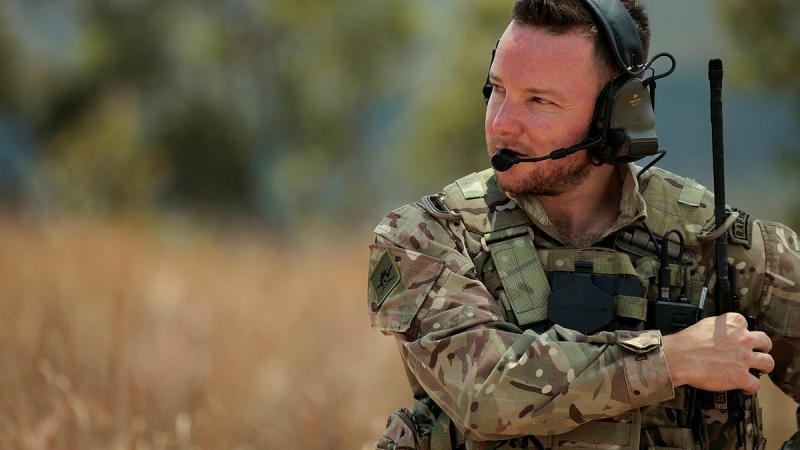AMA President, Dr Tony Bartone, said today that the AMA is concerned about the number of election candidates who are spreading lies and misinformation about the worldwide success of vaccination in eradicating disease and saving lives.
Dr Bartone said it is disturbing that candidates, and even a whole political party, have been casting doubt on the proven benefits of vaccination. The AMA is aware of one anti-vaccination candidate who is also campaigning against fluoridation of water.
“The science is in and the evidence is clear – vaccination saves lives and improves public health around the world,” Dr Bartone said.
“Vaccines stop preventable diseases. Parents know that routine infant and child immunisation is a proven, cost-effective public health measure that reduces the spread of vaccine-preventable disease.
“Vaccinating children protects them and importantly also protects the wider community.
“Rubella has been eradicated in Australia because of vaccinations. This means that thousands of parents have been spared the tragedy of stillbirth, miscarriage, or infants being born with serious life-long health complications.
“The success of vaccination worldwide means that most Australian doctors have never had to witness their patients relying on iron lungs due to the paralysis caused by polio.
“The risks posed by vaccine-preventable disease must be taken seriously. We must not become complacent. The recent quarantining of US College students is a case in point.
“Spreading false and dangerous misinformation can and does cost lives.
“Voters should steer clear of candidates who are peddling dangerous lies about the health benefits of vaccination and other measures that protect the health of families and communities.”
The AMA call to support vaccination comes as Australia is experiencing a widespread earlier than usual outbreak of influenza cases.
Dr Bartone said the flu is potentially on track to kill significantly more Australians this year than other recent years, in numbers possibly approaching the same number of deaths as from suicide and the road toll combined.
“So far this year, nearly 27,000 people have been struck down by the flu,” Dr Bartone said.
“It is a very serious flu season, which started early. By March this year, there were 10,000 reported cases, compared to just 3,173 at the same time last year. This is especially concerning on the back of a very mild 2018 season.
“It is important that people, especially those in vulnerable groups, get vaccinated by their GP as soon as possible. For many, it is provided free under the ³Ô¹ÏÍøÕ¾ Immunisation Program by the Government.
“Vulnerable groups include young children, pregnant women, people aged over 65, and Aboriginal and Torres Strait Islander people.
“Vaccination will reduce preventable deaths and serious illness, and keep the pressure off already busy hospital emergency departments.
“Vaccination, irrespective of age, will help to protect other vulnerable family members who may be particularly susceptible to becoming infected,” Dr Bartone said.
The current breakdown of flu cases is:
- New South Wales – 7,595
- Queensland – 7,289
- Victoria – 4,627
- South Australia – 4,397
- Western Australia – 1,498
- Tasmania – 322 cases
- Northern Territory – 296
- Australian Capital Territory – 203
Parents or patients who are uncertain or unsure about the benefits of vaccination should discuss their concerns with their GP.
Background:
- Australia has a high take-up of immunisation programs. The ³Ô¹ÏÍøÕ¾ Centre for Immunisation Research and Surveillance (NCIRS) reported in 2017 that vaccine coverage in Australia is climbing to new highs. The proportion of children fully immunised in Australia reached 94.5 per cent at 60 months of age, and 93.8 per cent at 12 months of age in December 2017.
- The proportion of Aboriginal and Torres Strait Islander children fully immunised also reached the highest-ever recorded levels of 96.9 per cent at 60 months of age, and 93.2 per cent at 12 months of age. Levels of on-time vaccination – within 30 days of recommended age – increased for all children in 2017, although delayed vaccination remained higher among Aboriginal and Torres Strait Islander children.
- Last year, the Government provided over 5.1 million doses of seasonal influenza vaccines through the ³Ô¹ÏÍøÕ¾ Immunisation Program (NIP). This represented an increase of almost 10 per cent over any previous yearly uptake. According to Government data, last year the States and Territories saw an increase of 25-30 per cent in demand for flu vaccines, showing that awareness of vaccinations is growing in Australia.
- ³Ô¹ÏÍøÕ¾ influenza vaccine coverage for young children increased in 2018, with a five-fold increase for non-Indigenous children and a twofold increase for Indigenous children compared to the coverage in 2017.
- The Australian immunisation handbook recommends that all children aged between six months and less than five years be vaccinated annually against influenza.
- In the most recent data from the United States, the Centre for Disease Control estimated that between 6.2 million to 7.3 million flu illnesses had been reported, with 69,300 to 83,500 hospitalisations.
9 May 2019







